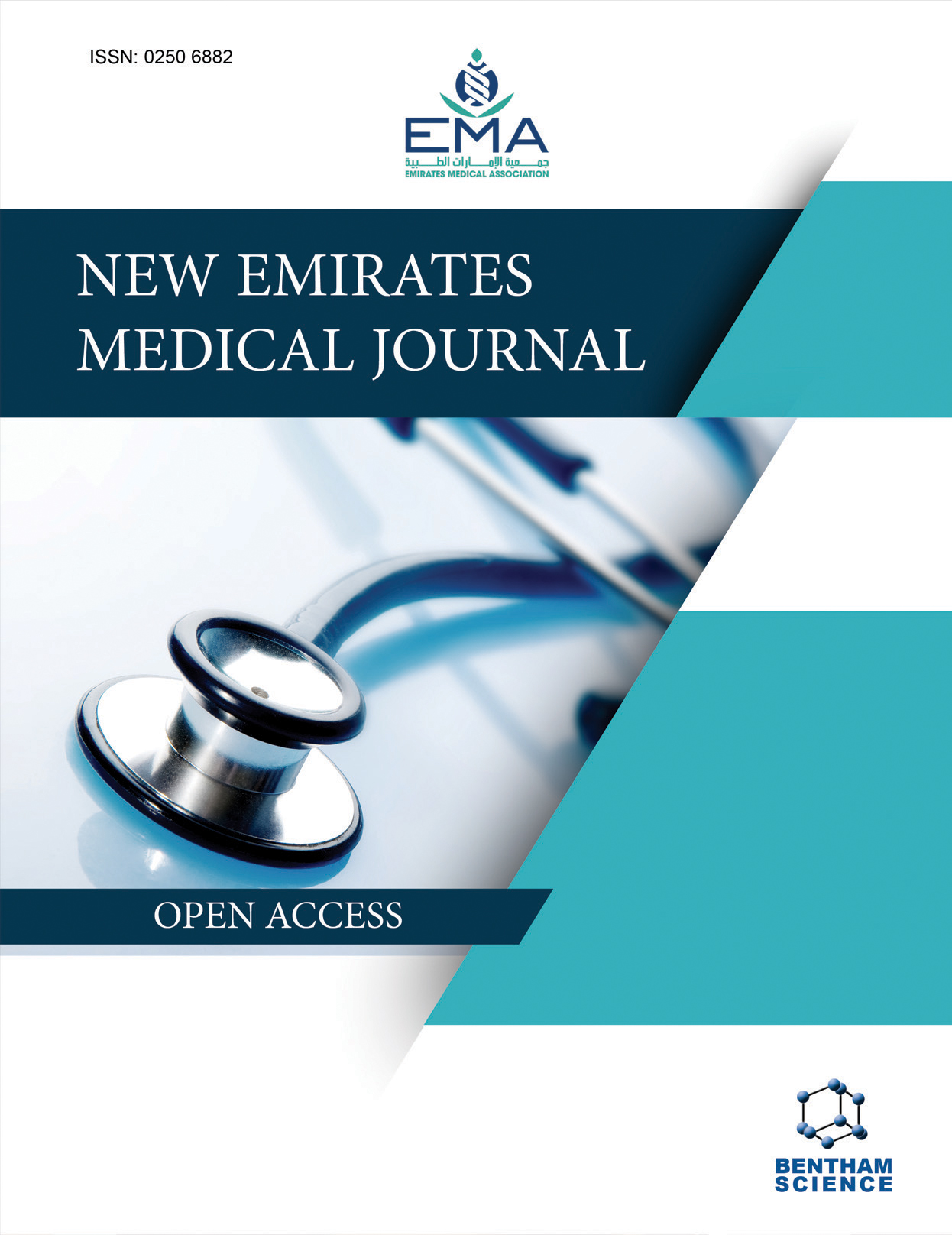-
oa Incidentally Discovered Rare Case of Solitary Fibrous Pleural Tumor (SFPT) during Residency Medical Clearance Examination
- Source: New Emirates Medical Journal, Volume 5, Issue 1, Jan 2024, E02506882348882
-
- 19 Sep 2024
- 15 Jan 2025
- 01 Jan 2024
Abstract
A wide variety of tumors affect the pleura, both primary and secondary. The most common are metastatic carcinomas, usually of pulmonary origin. They manifest as malignant pleural effusion or multifocal pleural lesions. The extrapulmonary source of metastasis is mentioned but occurs less frequently. Pleural primary tumors other than diffuse malignant mesothelioma are either uncommon or rare and have received less attention. The World Health Organization (WHO) classified primary tumors of the pleura into three broad histogenetic classes of neoplasms, namely mesothelial tumors, mesenchymal tumors, and lymphoproliferative disorders.
A 41-year-old male patient was referred to our facility from the prevention medicine department with consolidation in the right lower zone of the chest, diagnosed as a case of encysted pleural effusion to rule out TB. This was discovered during a routine health examination for residency visa renewal. After laps and imaging workup, it was diagnosed as Solitary Fibrous Pleural Tumor (SFPT). The first surgical intervention was hampered by bleeding from the mass itself. Therefore, the patient underwent a second intervention after successful embolization of the arterial supply of the tumor by the interventional radiologist.
Primary pleural neoplasms represent a small but significant group of heterogeneous tumors, many of which may mimic each other. Modern imaging modalities permit diagnosis and play a major role in staging and assessing surgical respectability. Novel molecular and immunohistochemical markers now allow confirmation of diagnosis and potentially form the basis for future targeted therapies. Embolization of tumor perfusion has a lifesaving role when needed.


